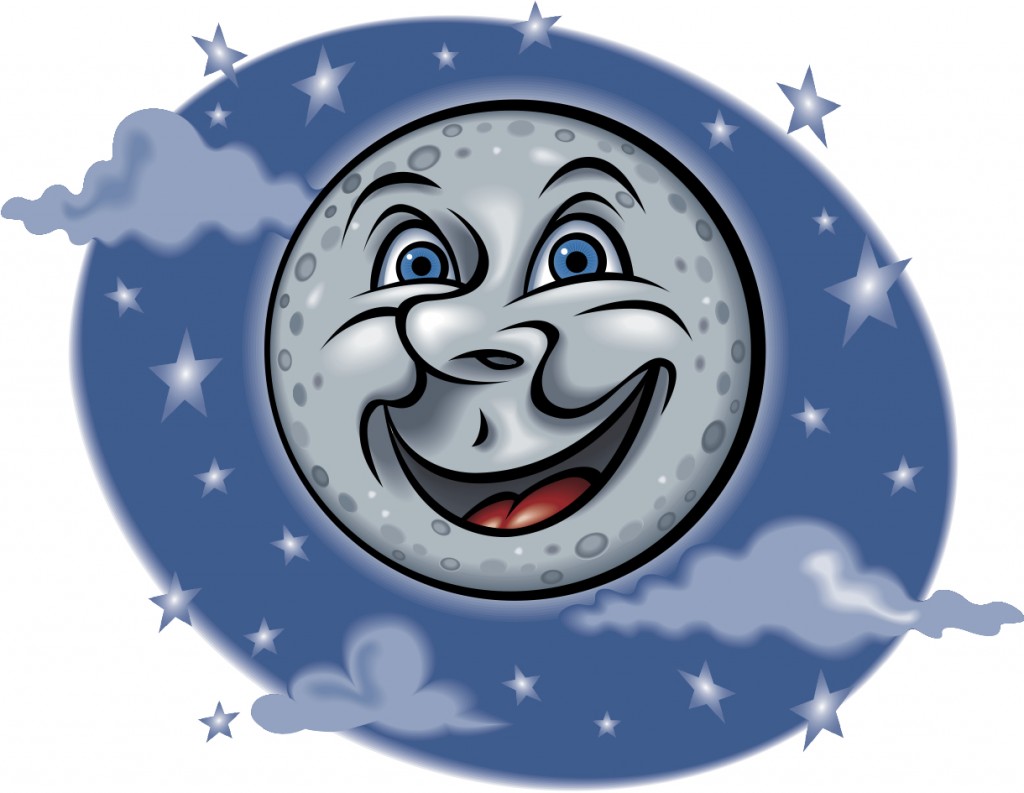Your Night Sky for July 10, 2019

The full moon is on July 16, but for a few days before then it will meet up with Jupiter and Saturn. At dusk on July 12 it will form a triangle with Jupiter and the bright star Anteres. On July 13 and 14 it gets close to Jupiter and will be just to the left. Fortunately Jupiter is so big and bright that the almost full moon won’t block it out.
On July 15 the moon visits Saturn. It will look full by then. Even though Saturn is at its brightest for this year, the bright moon may interfere with viewing Saturn. So you may have to hold out your hand to block the moon, and then you’ll be able to see Saturn.
On July 15 the moon will be to the right of Saturn, and to the left on July 16. They will be visible in the east at dusk, climb high by midnight, and set in the west as dawn approaches. The moon is so bright when it’s full that you’ll be able to see it after the Sun rises for a few days.
In the SSE to the upper left of Saturn you will see Altair, the bottom right star of the Summer Triangle. Altair is part of the constellation Aquila the Eagle. Although Altair is only the second brightest Triangle star it is the closest at only 17 LY away. It’s also one of the closest bright stars to Earth. It has a rapid rotation of only nine hours.
There are many mythologies about the Eagle. Many Greek and Roman mythologies indicated that Aquilla carried the thunder bolts that the god Zeus frequently hurled at troublesome humans. Since eagles seem to be fast creatures, the Greeks associated them with lightening strikes.
What I find interesting is that some consider Altair to be the neck of the Eagle, and others consider it to be the tail. It’s also been called the Eagles eye.
The Eagle contains 10 stars, but only four of them are bright. They would be the head, the bottom of the tail, and the end of both wings making it also look like a diamond. It has been noted as an eagle in flight for at least 3,000 years. It flies close enough to the equator that it can be seen anywhere on our planet, but this time of year its best viewed in the north. Altair is Arabic for “the Bird”, and it does look like a bird.
The Eagle is to the lower right of the Triangle with Altair either the front of back of the bird. The wings are obvious. Its supergiant star Eta Aquilae is a notable feature in the constellation. t’s a variable star that ranges from magnitude 4.1 to 5.3 every 7.2 days. The Eagle also shares borders with 9 other constellations. Just remember that it’s the lowest of the Summer Triangle and the last to come up. But I think you won’t have trouble finding it.



